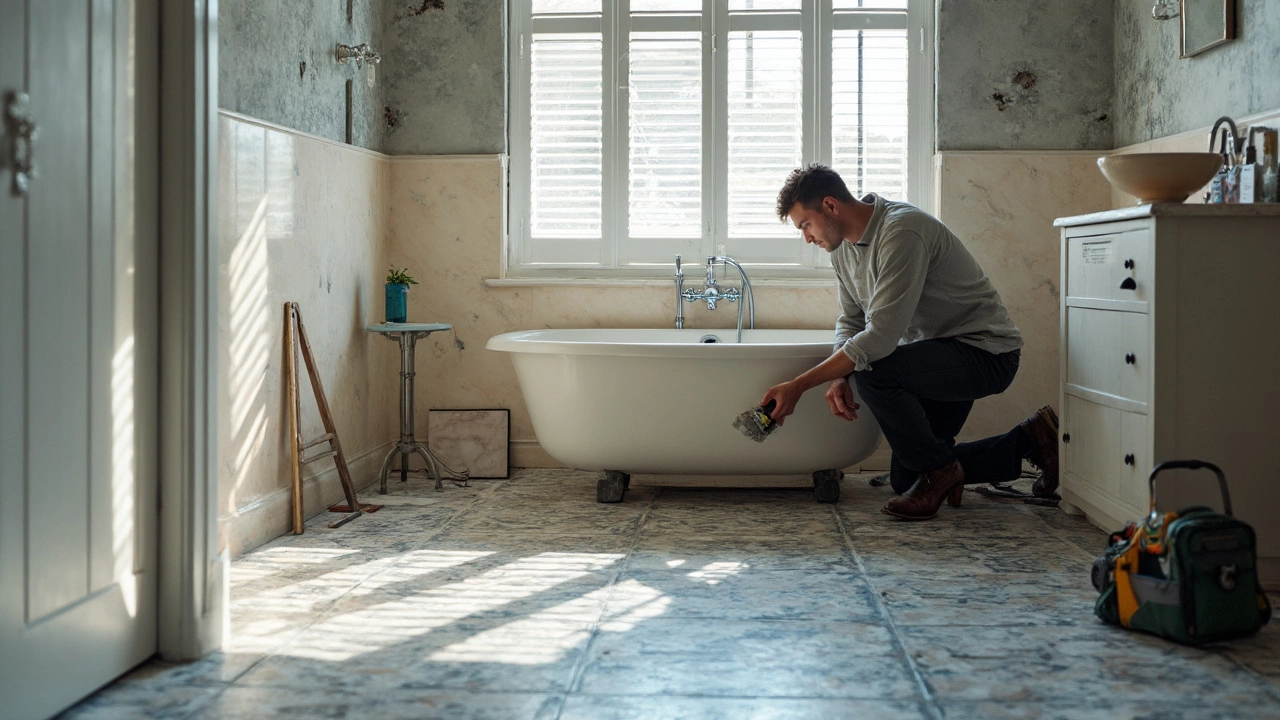Walls or Floor First? Find Out the Best Build Order
If you’ve ever stared at a blank room and asked yourself whether to install the walls before the floor, you’re not alone. The answer can save you time, money, and a lot of frustration. Below we break down why the sequence matters and give you a simple roadmap to follow.
Why the Order Matters
Putting the floor down first protects the sub‑floor from damage during wall work. It also gives a flat, level base for laying tiles or fitting carpet, which helps keep the finish looking even. On the flip side, raising walls first lets you lock in the exact room dimensions before the floor is in place, which can be handy for custom trim or built‑in furniture.
Most professionals agree that the floor should go down before the interior walls, especially in new builds or major remodels. The floor acts like a safety net: any nails, screws, or debris from wall framing won’t scratch or dent a finished surface that’s already in place.
Practical Steps to Decide
1. Check the type of flooring. If you’re using hardwood, engineered wood, or tiles, you’ll need a perfectly level surface. Installing the floor first lets you level the sub‑floor without worrying about wall studs getting in the way.
2. Consider wall materials. Drywall or plasterboard is light and easy to install after the floor. Heavy masonry walls may require a different approach, but for most residential projects, drywall comes after the floor.
3. Plan for utilities. Run electrical, plumbing, and HVAC lines before you close up walls. Doing this after the floor is laid ensures you won’t have to cut through finished flooring later.
4. Think about moisture. In bathrooms or basements, a moisture‑resistant underlay or vapour barrier goes under the floor. Installing it first protects the wall framing from hidden dampness.
5. Check your timeline. Laying the floor early lets you see the exact room dimensions, which can speed up ordering trims, mouldings, and door frames that need precise cuts.
Once the floor is set, move on to framing walls, installing insulation, and hanging drywall. Finish with mop‑in flooring (like carpet) after the walls are painted if you prefer a cleaner look.
Remember, every project is unique. If you’re renovating an existing space with a finished floor already in place, you may have to work around that and install walls first. In those cases, protect the floor with drop cloths or a temporary protective layer.
Bottom line: for most new builds and major remodels, laying the floor before the walls gives you a smoother, safer, and more professional result. Follow the steps above, talk to your plumber or electrician early, and you’ll avoid costly re‑work.
Got more questions about your build order? Reach out to a trusted contractor or ask us for a free advice session. We’re here to help you get the job done right the first time.

